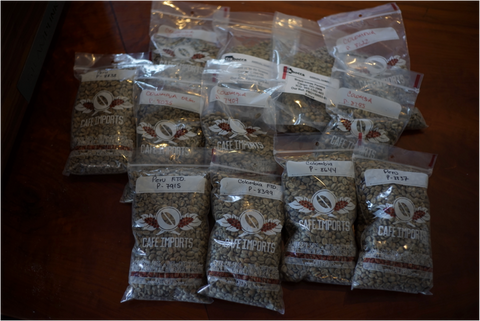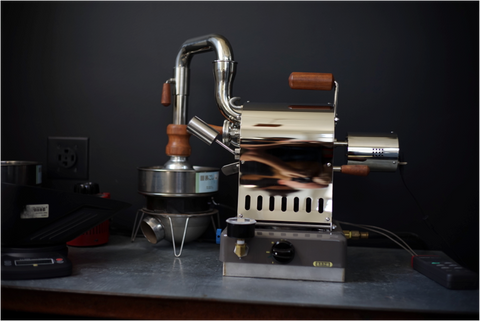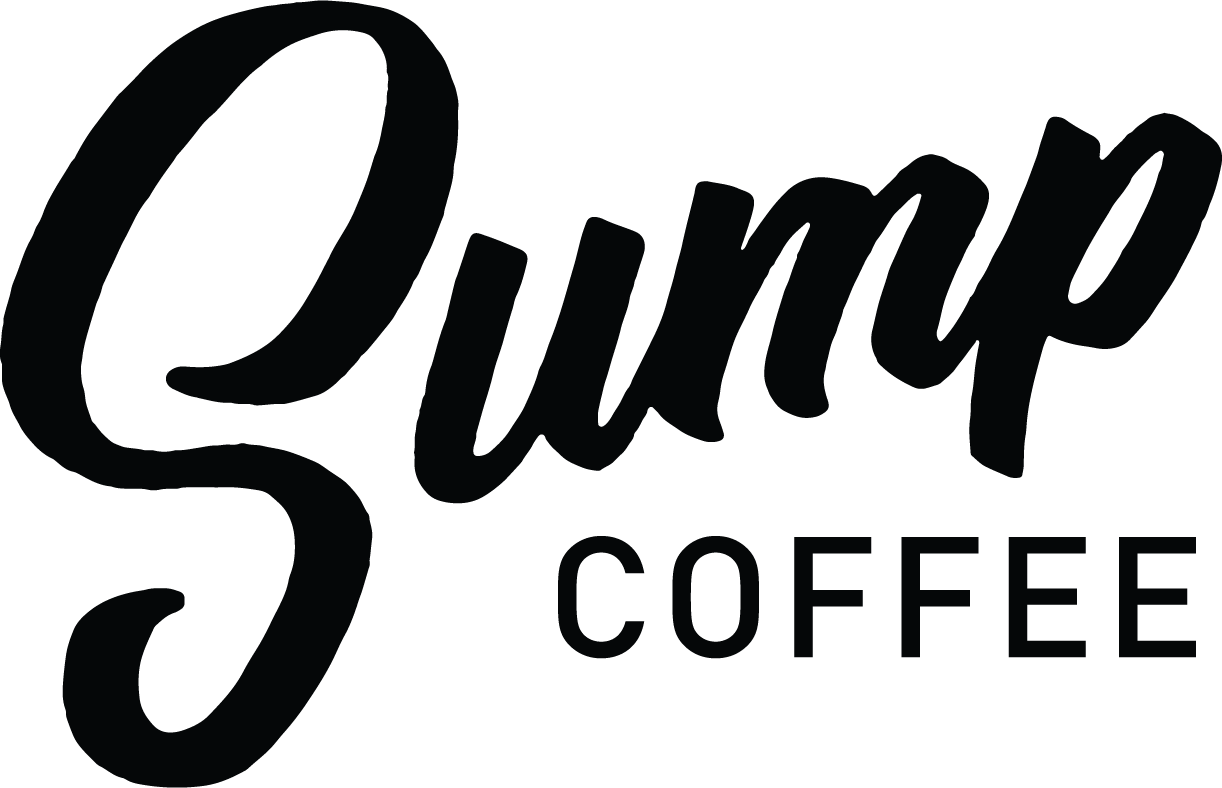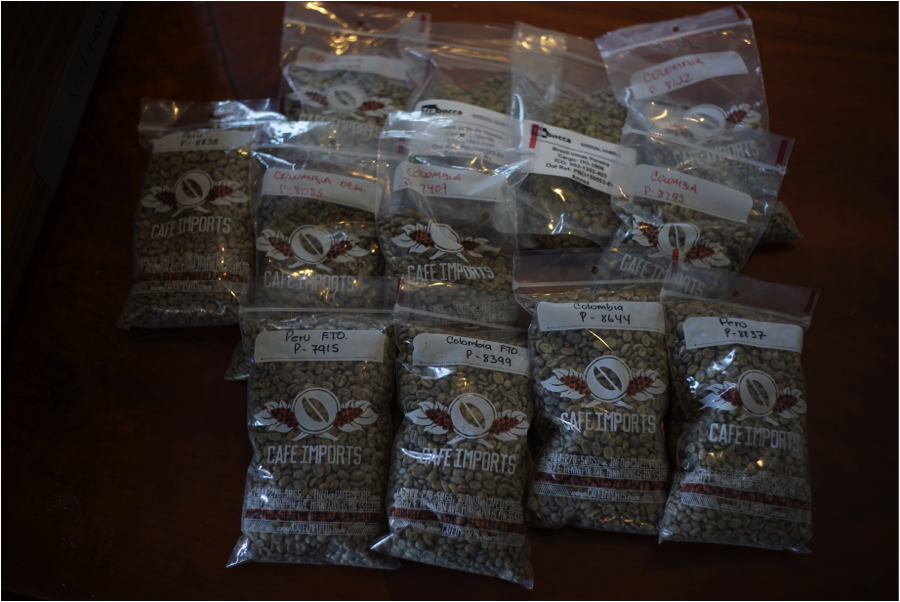How do we select green coffees for our roastery? For most roasteries, the answer is a tightly guarded secret, shuttered behind closed curtains very much like the Wizard from Oz. Why keep it a secret? The possible reasons are legion but in general probably oscillate between two poles.
The first, a desire to keep their green coffee source secret so other roasters (i.e., competitors) cannot cull from the same troves of treasure. The trite computer adage of ‘garbage in, garbage out’ also applies to coffee. If the green coffee is not special, the roasted coffee is likely to end up in the same not special place. Thus, not broadcasting ones source gives a roaster a possible competitive advantage.
Second, market forces often bully a roaster into obfuscating the path from grower to coffee roaster. In this era of farm to table dining, the coffee roaster is in a bit of a bind, because coffee is not grown in the United States (except in Hawaii). Thus, the whole ethos of local sourcing is upside down at best for the coffee roaster. Being able to visit growers and buy a grower’s bounty directly is a fast path to vesting the roaster with authority and legitimacy. It’s what all the granddaddies in specialty coffee do. However, for most small or early growth roasteries, the capital and time constraints on their business preclude all but one or two trips to origin a year, which is not enough to provide year round green coffee.
This multi-part blog will highlight how we at Sump Coffee typically bring in new coffees. We have always included attribution for all our sourcing partners on all our packaging. Without these partners we have nothing. See the above, ‘garbage in, garbage out.’
So how’s it all start? Typically, we start by looking at our green coffee seasonality calendar, which tells us when each coffee is grown and harvested and when those coffees typically arrive in the United States. Next, we reach out to our sourcing partners. These partners are specialty coffee importers. These are small firms for the most part that work with agents, mills, coops, and farmers directly at origin to build shipping container size lots (most typically 300 60kg to 69kg bags) to export out of the origin country into the US. It’s also at these times that we ask about possible trips to origin. Last year we went to Nicaragua. This year we hope to make it to Colombia.
During these interactions with our sourcing partners, we ask about their contracted lots from those current crop regions. Often times we have long lead times and book forward coffees. Forward coffees are coffees that the importer has contracted for, but have not arrived in the United States. Other times we need green coffee right away and we buy spot coffees. Spot coffees are coffees the importers have on hand, sitting in their warehouse, yet are still from the most current growing season. Other times it’s a mix of both spot and forward coffees. Sometimes our forward coffees do not end up tasting as yummy as their advance air mailed samples did and we roll out of our forward coffees into coffees that were once forward, but are now spot and tasting better their than original advance samples. The net-net is that this early window of booking is somewhat fluid and it all ultimately depends on how the green samples we get sent from the forward and spot lots taste after we sample roast them in our shop. The caveat to this is if we have a trusted partner who is bursting with enthusiasm for a particular lot, we take them at their word and book the coffees for the shop sight unseen.
More typically the selection process happens over a period of weeks. We solicit samples of green coffee, in minimum sizes of 200 grams, such as those pictured (see picture below for scale). We then roast each sample in what we like to call our ‘easy-bake’ roaster. Each sample roast takes about 10 minutes not including the time in between for recharging the roaster and readying it for another sample. Our current Peru La Fortuna was one of three coffees we selected from over 40 roasted sample lots from four different specialty coffee importers.


Once the samples have been roasted and rested we cup and score them. Next week we’ll put you to sleep with a brief synopsis of cupping and no, you will not need to compromise yourself while turning your head to cough.

